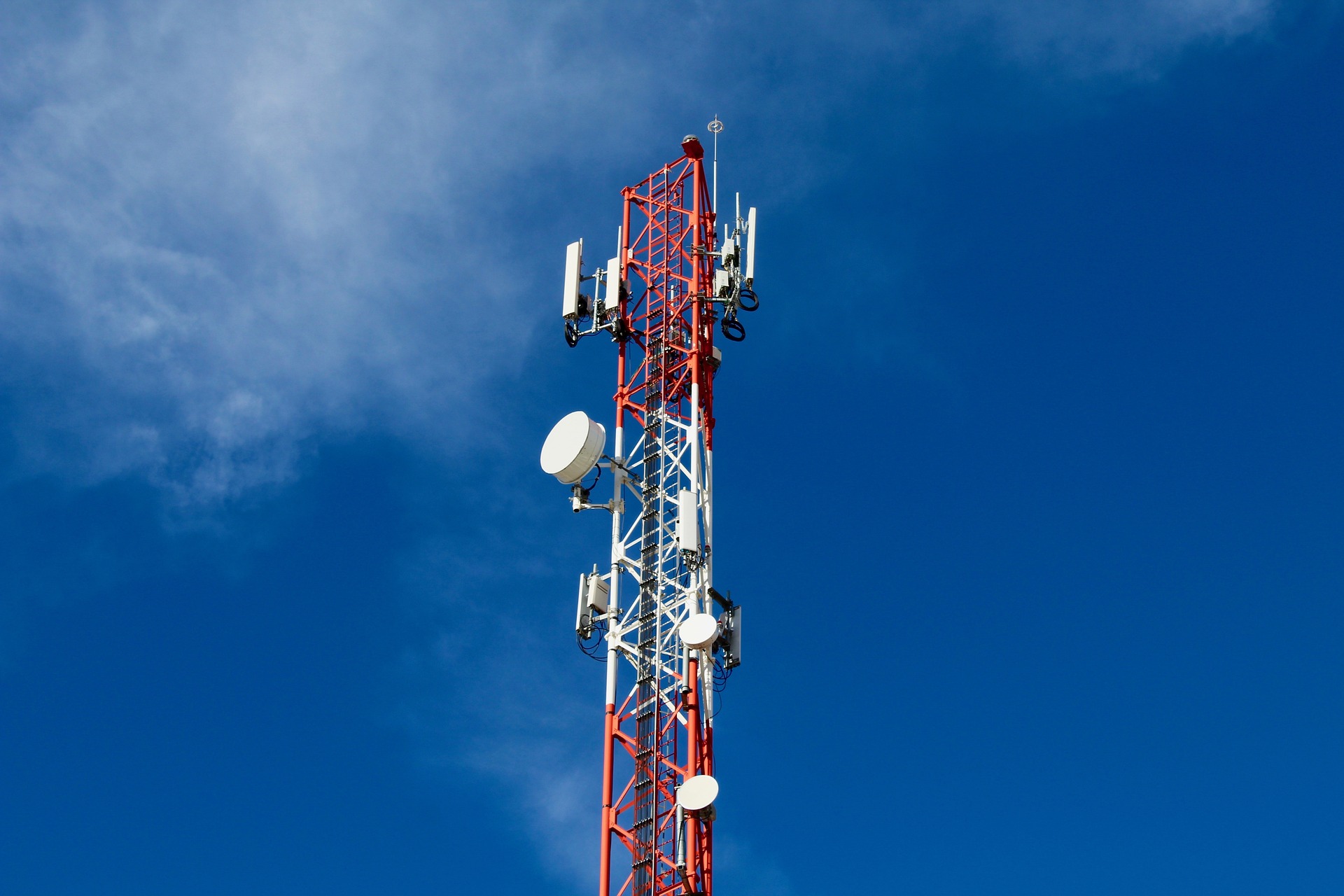Unfolding the Potential of Fixed Wireless Access for Broadband Connectivity
In the fast-paced world of telecommunications, technologies are evolving relentlessly, and with them, the ways we connect. One such groundbreaking technology is Fixed Wireless Access (FWA) that promises to reshape the landscape of broadband connectivity. This article will delve into the history, current trends, and practical applications of FWA, equipping readers with a comprehensive understanding of this pivotal technology.

Fixed Wireless Access is a method of delivering broadband internet to homes and businesses using wireless network technology. This method, which first emerged in the 1990s, has been continually refined and improved to provide a reliable alternative to traditional wired connections. As we delve deeper into the intricacies of FWA, we’ll explore how its evolution has been impacted by industry trends and technological advancements.
Today, the demand for robust, high-speed internet connections has never been greater. In this context, FWA is gaining momentum, primarily due to its flexibility and cost-effectiveness. Unlike wired broadband, FWA does not require extensive infrastructure and can be deployed quickly, making it a viable solution for areas where wired connectivity is challenging.
However, it’s not all smooth sailing. FWA faces several challenges such as spectrum availability and signal interference. Overcoming these hurdles requires innovative solutions and continuous technological improvements. Despite these challenges, FWA has practical applications in a broad array of sectors, including healthcare, education, and remote work, where reliable connectivity is paramount.
Every breakthrough and challenge in FWA is underpinned by rigorous research. For instance, studies have shown that the wide-scale deployment of FWA could significantly enhance broadband penetration, particularly in underserved areas. This research-backed data underscores the potential of FWA to bridge the digital divide.
Navigating through the complexities of FWA, it’s clear that while it brings a wealth of opportunities, it also poses significant challenges. Yet, the potential benefits outweigh the obstacles, making FWA a promising solution in the quest for universal broadband connectivity.
In today’s digital age, the importance of robust connectivity cannot be overstated. It’s the backbone of our digital economy, powering everything from video conferencing to e-commerce. As such, understanding the potential of technologies like FWA is paramount. This understanding empowers businesses and individuals to make informed decisions about their connectivity needs in an ever-evolving digital landscape.
In conclusion, FWA is a powerful tool in the arsenal of broadband connectivity solutions. Its unique blend of flexibility, cost-effectiveness, and potential for wide-scale deployment make it a game-changer in the realm of telecommunications. As we navigate through the complexities of the digital age, FWA emerges as a beacon of connectivity, illuminating the path towards a more connected future.




